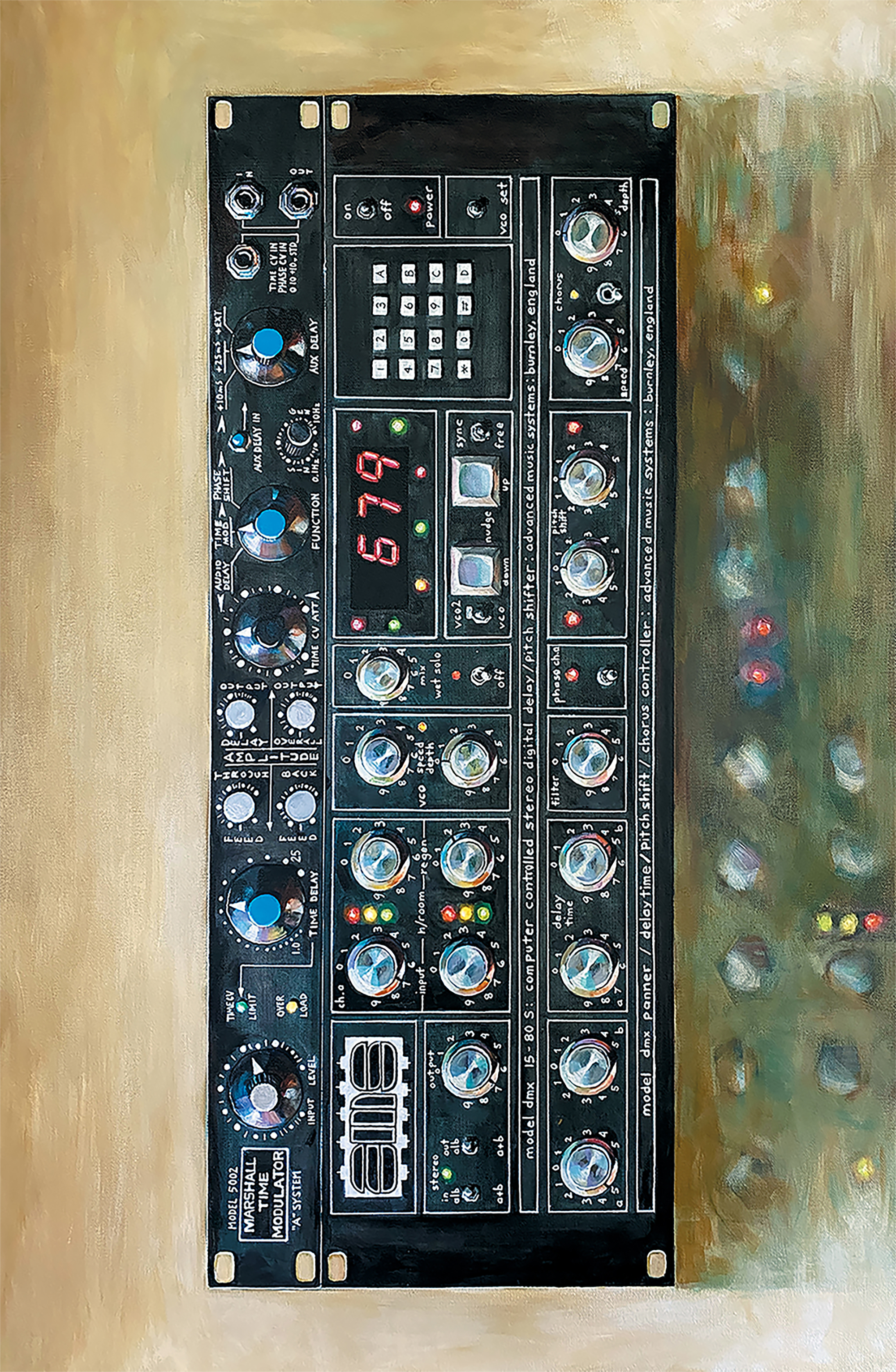In issue #126 I reviewed Benson Amps' stereo Studio Tall Bird Spring Reverb, a wonderful piece of hardware that gets used a lot at Jackpot! Recording. The original Tall Bird has been discontinued, but a new iteration is arriving soon. It "sprang" from the Tall Bird All Tube Reverb, an amp head-looking box that can be used both as a front end for luscious guitar reverb, or patched in for mixing (and is also available as a plug-in). These two hardware units are fine examples of using springs for deep spatial tones or the "sproing" of a surfy old Fender Reverb Unit.
This new Benson Studio Tall Bird plug-in is based on the original tube-based rack unit. They modeled the reverb tanks and captured the overdrive tones of the analog unit (when the input stage is pushed harder). Beyond that, they added in some handy features not found on the hardware device, like switchable Short and Long reverb tanks, high and low pass input and output filters (the In Filter can affect the dry signal passing through or just the tank send); Input, Output, and, Dry signal attenuation; and one can save settings; something no spring reverb unit in the real world (that I have seen) can do! Luckily, they didn't model the background noise of the hardware Tall Bird; something I hope the upcoming revision deals with.
The Dry "knob" is represented like a trim potentiometer on the front "panel," and in default setting is set to a unity level. It's hard to visually tell what level it's set to, though when moused over it shows the numerical value, as do all the variable controls. Without a clear indicator, I found using this on aux returns was annoying when I wanted only a wet signal present. The hardware version is wet only, a studio rat's preference!
Tonally, the Benson Studio Tall Bird is very spring-y sounding; think classic splashy surf guitars and dub snare crashes. Compared to my actual hardware unit, it's a fair bit brighter and the initial reverb presence is a lot less "murked out" than the hardware. Attempting to match the tones between plug-in and hardware was difficult, though I could get pretty close at times. When soloed, probably most recordists would prefer the plug-in, but in the mix I preferred the hardware's extension of notes and the ambiguous glue it provided. That said, I think the tone of the original hardware would be a hard sell to less-experienced mixers or people who hadn't yet used a number of real spring reverbs in the studio, and I always find that this plug-in works really well in mixing sessions.
When I compared it to my frequently-used Universal Audio AKG BX20 plug-in, the Tall Bird had far more of the "sproing/boing" and splashy, old school spring reverb that we all know and love, whereas the BX20 (based on a much larger/longer spring analog device) was darker with a longer hall-type sound – exactly what I predicted as the BX20 was designed to mimic plate reverbs. Next, against the PSP SpringBox, the two were much more similar, with a bouncy spring tone, but the specific modeling of the Benson definitely brought out some of the character of the hardware unit that I really enjoy using when mixing, while the SpringBox could create many other sounds.
On guitars, the Benson added that perfect halo of space around picked parts and solos, and if driven more, it fills the mix with cool guitar tones while staying out of the way of the original signal. On snare drum, the King Tubby popping springs sound was immediately familiar to this dub head, and it sounded far more real on drums than most spring plug-ins I have heard. Despite the differences I perceive between my hardware Tall Bird and the plug-in, it's still a useful and true-sounding spring reverb emulation that will work great for mixing and tracking.
I love having such a distinct virtual reverb at my fingertips. It's great that a boutique amp and effects manufacturer like Benson can work with companies such as MixWave to build useful niche products like the Benson Studio Tall Bird plug-in. It allows many more people to hear how cool the actual hardware reverb is, as well.




_disp_horizontal_bw.jpg)